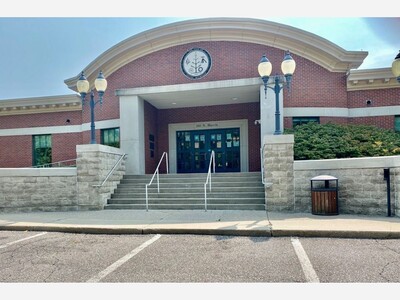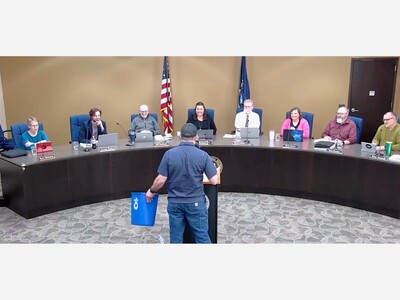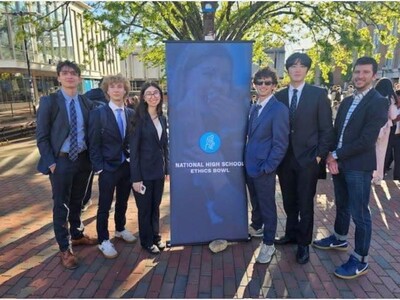By Sandra Peterson
As was said in a popular movie, “build it and they will come”. In this case, the quotation applies to our state’s proliferation of prisons over the past fifty years. Since 1980, one of Michigan’s biggest growth industries has been its prison system. In 1980, the prison population was about 15,000, and today it’s close to 33,000, down from 50,000 in 2007.
Thirty-three thousand incarcerated men and women represent a huge pool of latent talent, energy, and creativity. Granted, some offenders need to be taken off the streets to protect the public, but there are undoubtedly others who would benefit from a less severe consequence for their lawbreaking. There is a mammoth waste of human potential when our answer to breaking the law is simple punishment by incarceration.
In my 28 years as a teacher for the Department of Corrections and then for Department of Social Services at Maxey Boys Training School, I met a number of people who might have benefited from Restorative Justice rather than imprisonment. Crime exists along a continuum from minor infractions like disturbing the peace to major felonies. Causes for these negative events are many, and not all can or should be addressed by simple incarceration.
Some of the comments I heard from youthful felons were “We do know what’s right” and “I’m thinking of what my mother would say right now”. There were those who justified their actions because they had been disillusioned by others’ hypocrisy and some who had trouble controlling their anger. One young man asserted that being locked up had probably saved his life because it had slowed him down. Every situation and reason for lawbreaking was unique. Every personal response was different.
In each of these cases, there was a lack of understanding of the consequences of one’s behavior both to oneself and to others. Some of these young men discovered that they had been rejected by loved ones because of their deeds and felt alone. Others had no idea of the ramifications of their impulsive behavior on their families, friends and community. A certain number of such cases could probably have been handled with a restorative justice approach.
In a restorative justice situation, both the offender and the victim must agree to participate. The offender must also agree that he did the offense. Interestingly, this second requirement might not be a problem in some cases. In a prison classroom of about 12 men, I overheard one asking the others, “Who here did the crime you’re in here for?” All but one said that they were guilty except one man, who said that he hadn’t done what he was convicted for but had done something else illegal.
There is a place for incarceration and a place for restorative justice and community building. Washtenaw County is now looking into the possibility of employing a restorative justice approach in more cases. Offering restorative justice to even a small percentage of those headed to prison could result in strengthening family and community relationships, supporting offenders’ personal growth, and saving taxpayer money otherwise used to incarcerate more prisoners. Everyone wins.
If you have a question that you’d like to see answered in a future article or a story you’d like to share, please email it to[email protected]. This column is part of a monthly series created by the Restorative Justice Committee of Chelsea’s One World One Family organization. The series invites readers to reflect on individual and community challenges such as conflict and crime and the approaches we take to meeting them.













